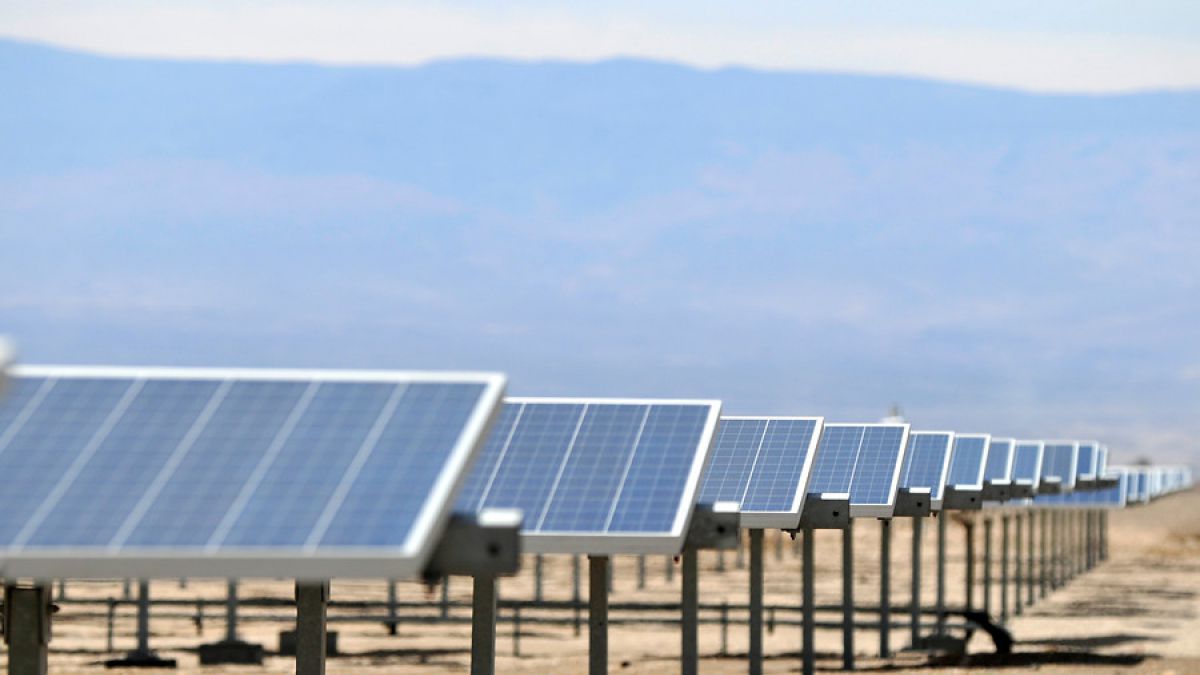
Non-Conventional Renewable Energy projects have proliferated in recent years. However, some problems coming from abroad, added to the strong reduction of marginal costs and transmission restrictions at the local level, have raised doubts about the future of this industry. The government and the trade union emphasize that there is still plenty of room for growth.
Factors complicating the NCRE industry boom in Chile
Earlier this week a report was released that highlights Chile among the ten countries with the highest investment in Non-Conventional Renewable Energy (NCRE) during 2015. The figures speak for themselves: US$ 3.4 billion were allocated to this type of projects, which meant a 151% growth compared to 2014.
These cheerful numbers contrast with the complex situation of some foreign companies with projects in the country. The U.S. company SunEdison fell 55% in the stock market due to doubts about its financial stability and the Spanish company Abengoa has been in negotiations with its creditors for several months to avoid bankruptcy.
Scenarios that contradict each other and at the same time feed some uncertainty regarding the future of NCRE in Chile. No one in the market doubts that they will continue to grow and that the 20/25 goal (20% of the energy matrix with this type of energy in 2025) will be met even before the committed date.
“No more myths or ghosts about them not being viable.”
Rather, the questions have to do with the structure of the business and the possibility that it will move towards consolidation, that a process of mergers and acquisitions will begin in the near future and that the number of players currently operating will decrease.
There are several reasons for this, two of which stand out. First, banks would no longer be financing projects that do not have contracts with free customers or distributors. The reason? Marginal costs are no longer at the levels of previous years and, therefore, the spot market is no longer economically attractive. Second, there are problems with the transmission capacity of the electricity system that complicate the sale of energy for NCRE.
Systep’s March report explains that the drop in SIC marginal costs is due to a combination of factors: increased availability of water resources and lower fossil fuel prices. In addition, the same report states that the system’s transmission restrictions, mainly in the north of the SIC, also complicate NCRE.
“The large volume of solar generation installed in that area has produced asignificant drop in marginal costs during the day, even reaching zero, affecting the development of new projects.” In any case, the document adds, this restriction is expected to disappear with the entry into operation of the Cardones – Polpaico 500 kV line at the end of 2017.
However, the report warns of difficulties in accessing bank financing for projects that do not have energy contracts and sell their production in the local spot market. “While some NCRE project developers have addressed transmission congestion by locating in central areas close to their demands, the main tool to ensure income stability and enable the future development of these technologies is the procurement of power purchase agreements (PPAs). PPAs, in addition to making it possible to manage the risk of the spot market, are a fundamental requirement demanded today by banking entities for access to financing,” he explains.
“The business model is adapting to Chile’s energy transition.”
This is confirmed by a source in the banking sector. “Until the first quarter of last year, activity was strong, marginal costs were still above US$ 100 MWh. But then it started to fall and banks began to rethink the market situation, whether it was sustainable to continue financing based on the spot market. That is why they are now focusing on projects with contracts or smaller ones, the so-called PMGD, because these generators have access to the stabilized price”, acknowledges the source.
The marginal cost in Alto Jahuel 220 (SIC) last February was US$ 58.3 MWh and in October last year it reached a low of US$ 35.8 MWh, its lowest value in 9 years.
Therefore, the 2015/01 electricity tender, which the government postponed a couple of weeks ago, setting its start date for next July, is key for NCRE. “(…) is relevant not only because of the volume of energy tendered (13,750 GWh/year), but also because of the opportunity to obtain contracts for the future development of NCRE projects,” says Systep.
Both the government and the NCRE industry discard that situations such as those of SunEdison or Abengoa affect operations in Chile and speak of a wide space that still remains for them to grow.



